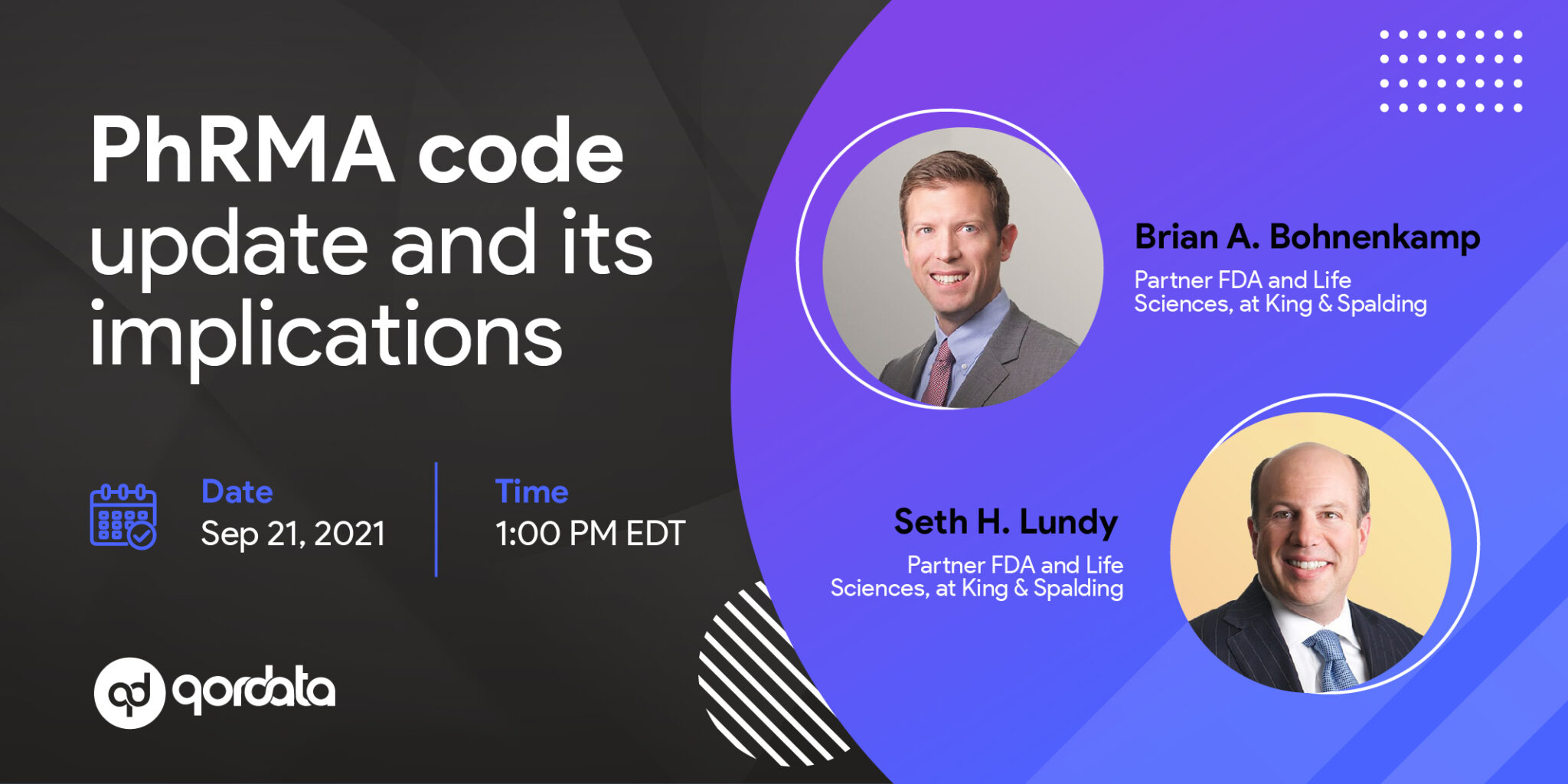How does a member of the Big Pharma Club manage to have a sophisticated Compliance/Transparency Platform? Is the picture complicated while overseeing the information needs of a global firm with annual sales exceeding $10.1 billion (Q4 2016)?
Our friends from Merck USA responded to both questions in a qordata webinar they presented in March 2017. Wendy Derosa and Bryan Timer described their Compliance/Transparency initiative at Merck as a journey mainly through lines of defense. “Our transparency space has a three-tiered approach.”
Simplicity and visibility were constants across each line of defense.
First Line of Defense: “We don’t create data, but we consume a lot of it.” Each month, the Compliance team receives reports from the sales teams. To manage the high volume of reports received, the point of contact for the Compliance team isn’t the sales reps themselves but a level above. “We reach out to managers, or up to the VP to make sure trends are going in the right direction….We don’t deliver reports to reps. The idea is that managers are held accountable for their executives. This helps convey Compliance’s message and its emphasis on clarity and transparency—in a top-down approach.”
Second Line of Defense: Each month, the Compliance function looks at 40 reports in general payments and looks for key areas to identify data discrepancies. Many of these reports are in Excel. This is typically done by placing thresholds against each type of spend.
There is a report for each type of threshold. It explores a combination of factors, trying to figure out outliers through this combination. For instance, in the case of “events”, it would look for venues or missing addresses.
Compliance also seeks data duplication and organizes data in subsets, like a subset for meal spend. Duplicates are harder and take manpower. Another way is to see the customer in a number of different ways. The monthly reports are a key line of defense and save Merck USA from the scramble most data-rich organizations are all too familiar with. Something else the team at Merck USA looks for are “averages”.
Each month, the team sends out a “recap email” as a reminder, which includes:
- Coverage of the previous month (recap)
- Reminders
- Talking points for managers’ teams
- Links to reports developed in conjunction with the business (sales) team.
This is an opportunity to share their data ‘back’ with them to highlight any points of discrepancy. The response rate of the analytics system (with a 90% Month-on-Month (MoM) utilization rate!) has been a good one.
Analytics Systems at Merck have a 90% MoM utilization rate
How do they maintain such a strong response rate?
“There are lots of internal tools. We keep it simple. We have a four-page booklet, of which two are FAQs. We did not train them. It was easy and intuitive.”
Third Line of Defense: These are quarterly analytics, where Merck’s compliance team checks the data resources earlier received to make sure everything is complete and accurate. “These are needles in the haystack to check what fell through the cracks. This is typically done towards the end of the year.”
What advice does Merck USA have for firms starting out in analytics? How many have been encouraged by their example to set up such a program in their own organizations? Keep visiting this space to find out!



